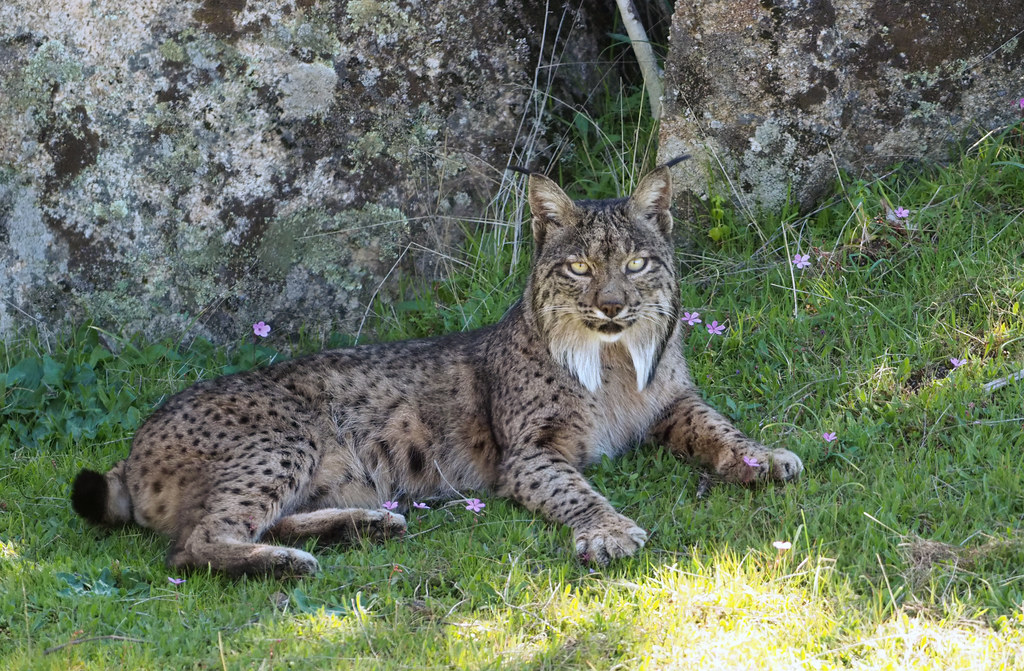Last updated: 06 September 2023
Arkinspace (“us”, “we”, or
“our”) operates the Arkinspace website (the “Service”).
This page informs you of our
policies regarding the collection, use and disclosure of Personal Information
when you use our Service.
We will not use or share your
information with anyone except as described in this Privacy Policy.
We use your Personal Information
for providing and improving the Service. By using the Service, you agree to the
collection and use of information in accordance with this policy. Unless
otherwise defined in this Privacy Policy, terms used in this Privacy Policy
have the same meanings as in our Terms and Conditions, accessible at https://kuriositas.com
Information Collection And Use
While using our Service, we may
ask you to provide us with certain personally identifiable information that can
be used to contact or identify you. Personally identifiable information
(“Personal Information”) may include, but is not limited to:
·
Name
·
Email address
Log Data
We collect information that your
browser sends whenever you visit our Service (“Log Data”). This Log Data may
include information such as your computer’s Internet Protocol (“IP”) address,
browser type, browser version, the pages of our Service that you visit, the
time and date of your visit, the time spent on those pages and other
statistics.
Google AdSense & DoubleClick
Cookie
Google, as a third-party vendor,
uses cookies to serve ads on our Service.
Cookies
Cookies are files with a small
amount of data, which may include an anonymous unique identifier. Cookies are
sent to your browser from a website and stored on your computer’s hard drive.
We use “cookies” to collect
information. You can instruct your browser to refuse all cookies or to indicate
when a cookie is being sent. However, if you do not accept cookies, you may not
be able to use some portions of our Service.
Service Providers
We may employ third-party
companies and individuals to facilitate our Service, to provide the Service on
our behalf, to perform Service-related services or to assist us in analyzing
how our Service is used.
These third parties have access
to your Personal Information only to perform these tasks on our behalf and are
obligated not to disclose or use it for any other purpose.
Security
The security of your Personal
Information is important to us, but remember that no method of transmission
over the Internet, or method of electronic storage is 100% secure. While we
strive to use commercially acceptable means to protect your Personal
Information, we cannot guarantee its absolute security.
Links To Other Sites
Our Service may contain links to
other sites that are not operated by us. If you click on a third-party link,
you will be directed to that third-party’s site. We strongly advise you to
review the Privacy Policy of every site you visit.
We have no control over and
assume no responsibility for the content, privacy policies or practices of any
third-party sites or services.
Compliance With Laws
We will disclose your Personal
Information where required to do so by law or subpoena.
Changes To This Privacy Policy
We may update our Privacy Policy
from time to time. We will notify you of any changes by posting the new Privacy
Policy on this page.
You are advised to review this
Privacy Policy periodically for any changes. Changes to this Privacy Policy are
effective when they are posted on this page.
Contact Us
If you have any questions about
this Privacy Policy, please contact us.

























 Another rare and endangered wild cat can be found only in Indonesia. These are rather small cats, with only 21 inches in length (almost half of it is the length of their tales). They can weigh up to 9ibs. Currently, there are only slightly over 2000 species of Borneo Bay cats left. Though the government protects these cats, they are still illegally poached. Interestingly enough, this is one of the least researched species in the feline family. Partly, it is due to the place of inhabitants that is Indonesian jungles. Their extinction is also the result of severe deforestation, mainly for the palm plantations. The fears are, people will not have enough time to research these animals before they become fully extinct. If you want to learn more about the consequences of palm oil production, you can read an
Another rare and endangered wild cat can be found only in Indonesia. These are rather small cats, with only 21 inches in length (almost half of it is the length of their tales). They can weigh up to 9ibs. Currently, there are only slightly over 2000 species of Borneo Bay cats left. Though the government protects these cats, they are still illegally poached. Interestingly enough, this is one of the least researched species in the feline family. Partly, it is due to the place of inhabitants that is Indonesian jungles. Their extinction is also the result of severe deforestation, mainly for the palm plantations. The fears are, people will not have enough time to research these animals before they become fully extinct. If you want to learn more about the consequences of palm oil production, you can read an 








